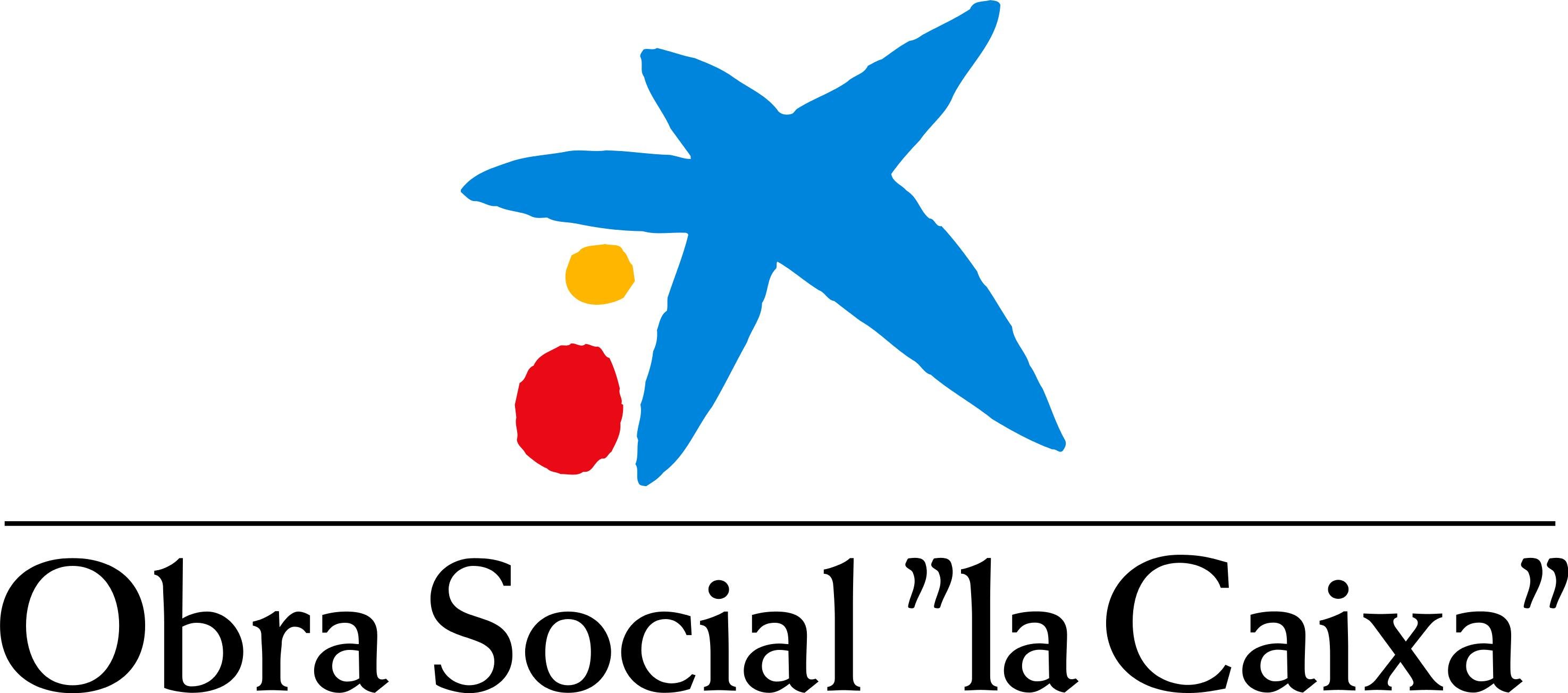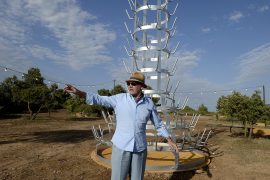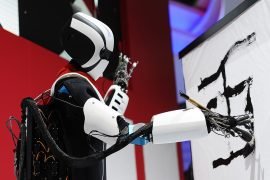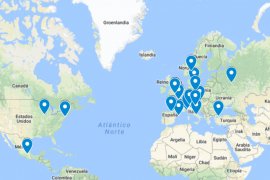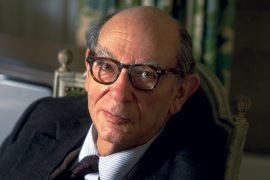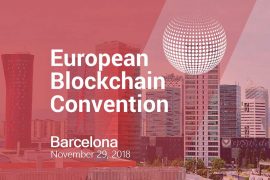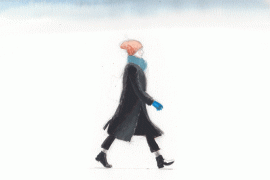[dropcap letter=”W”]
hat does it mean that, from now on, we have to think with our hands? Perhaps that we need to take our brains out, and hold them in our hands?” -“Not at all!” -“Have you all brought your head?” -“Yes!” -“Your hands?” -“Also!” -“What about the material?” -“No, that’s something you have!” With this avalanche of energy, the educators start the Creactivity workshops in CosmoCaixa. Today, a dozen children have an appointment at the museum to work with their imagination. What are they going to do? Create, have fun, learn and, last but not least, improvise.
 This is an activity inspired by the Tinkering methodology of the San Francisco Exploratorium (USA), which invites children over seven years old to venture into the realm of creativity by manipulating different objects and materials. A unique opportunity to put into practice the art of thinking and creating with the hands in four different areas: mechanics, wind, light and electricity. “Here, everything is created by means of experimentation in a playful environment in which children have no pressure to achieve any goal other than those who are willing themselves. What they do is play and, without realizing it, they end up creating something that combines science, technology, engineering, art and mathematics”, explains Martí Burruel, one of the educators.
This is an activity inspired by the Tinkering methodology of the San Francisco Exploratorium (USA), which invites children over seven years old to venture into the realm of creativity by manipulating different objects and materials. A unique opportunity to put into practice the art of thinking and creating with the hands in four different areas: mechanics, wind, light and electricity. “Here, everything is created by means of experimentation in a playful environment in which children have no pressure to achieve any goal other than those who are willing themselves. What they do is play and, without realizing it, they end up creating something that combines science, technology, engineering, art and mathematics”, explains Martí Burruel, one of the educators.
It is inevitable to become infected with the enthusiasm of the little ones, when the educators tell them that during the next two hours they will be able to become true inventors. Between screens and keyboards to make stop-motion movies, cylinders that spit air, batteries that generate electricity, and tubes and gears, children let their hands be guided by the power of intuition. The results are diverse: Arnau is building a circuit of marbles, Júlia tries to make some objects fly, and Sara is creating a movie in which a vengeful boar eats a snake. They are discovering different ways to use objects and materials that they did not know beforehand, and this is just the tip of the iceberg of all the knowledge that they will take home with them, today.
As Martí points out, “creating from experimentation means creating from trial and error and, therefore, learning from your failures and the feedback that your teachers give you”. Halfway through the activity, Arnau realizes that his circuit made of rubber and sticks needs extra reinforcements to endure the movement of the marbles. Júlia, on the other hand, comes to the conclusion that, in order to fly, objects have to weigh little and have aerodynamic elements. Both correct the errors and, then, the best part of the process comes: to realize that they are capable of making reality and of improving the ideas that are born inside their heads and also the world that surrounds them.
“This methodology helps them understand that it is necessary to work as a team and know how to manage failures and, above all, it helps them to be aware that they can also create. They gain self-confidence”, says Martí when talking about an empowerment that, at the end of the workshop, can be felt in the air. Fuelled by the motivation that their creations have awakened, the best thing is that, when the activity ends, Creactivity has just begun. Because their heads will not detach from their bodies, they will take their hands with them and will be able to find similar materials beyond the walls of CosmoCaixa. Arnau says that he will make another circuit of marbles with paperboard cartons; Sara, that she will use the mobile camera to create more stop-motion movies. Some even begin to imagine everything they would do if, as adults, they were lucky enough to become inventors. “I would make robots that help the elderly”. “And me, a machine that turned dirt into things to eat; so, nobody would go hungry”. Another wants to build “a robot that cleans all the garbage that we leave in the street”. And the most important of all is that behind each of these proposals there is nothing but good intentions. As they say, the idea is “to create inventions that take care of the world”.
Text: Alba Losada
Photograph: Anna Pla-Narbona
You can read more stories like this on ALMA, the social social media, a digital space devoted to the social field, which brings a new look at the present and the future of society, from an optimistic and diverse point of view, and from all the initiatives that “la Caixa” Foundation promote.

